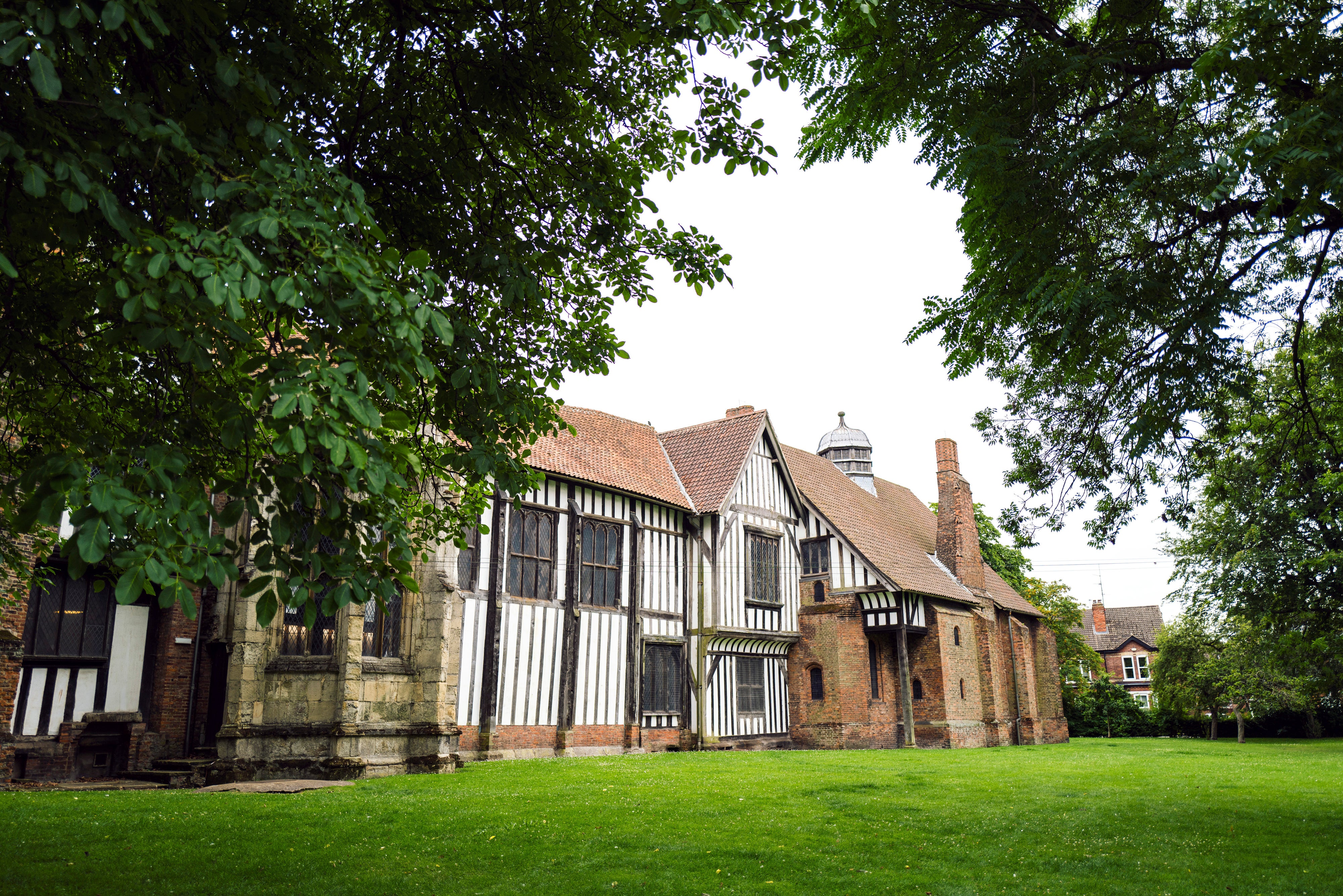Volunteer discovers ‘astonishing’ array of witches marks at English Heritage site
Tudor property Gainsborough Old Hall was once visited by Henry VIII and his fifth Queen, Catherine Howard

Your support helps us to tell the story
From reproductive rights to climate change to Big Tech, The Independent is on the ground when the story is developing. Whether it's investigating the financials of Elon Musk's pro-Trump PAC or producing our latest documentary, 'The A Word', which shines a light on the American women fighting for reproductive rights, we know how important it is to parse out the facts from the messaging.
At such a critical moment in US history, we need reporters on the ground. Your donation allows us to keep sending journalists to speak to both sides of the story.
The Independent is trusted by Americans across the entire political spectrum. And unlike many other quality news outlets, we choose not to lock Americans out of our reporting and analysis with paywalls. We believe quality journalism should be available to everyone, paid for by those who can afford it.
Your support makes all the difference.A “staggering array” of witches marks have been found carved into the walls at an English Heritage site.
The discovery at Gainsborough Old Hall in Lincolnshire was made by volunteer Rick Berry, who mapped around 20 carvings at the Tudor property, that was once visited by Henry VIII and his fifth queen, Catherine Howard.
Mr Berry spent two years identifying the apotropaic marks, sometimes called witches marks – the most found at any of the charity’s 400 sites.


The long-time volunteer found a wide variety of designs including overlapping Vs, or “Marian marks”, which are believed by some to call on the Virgin Mary for protection, and a pentangle, which was originally used to protect against evil.
Mr Berry also discovered rare curse inscriptions, thought to have been made around the time that William Hickman owned the property from 1596.
In one inscription, Mr Hickman’s name is written upside down. The practice of defacing a name was widely believed to curse the named person and is something not seen before at any English Heritage site, the charity said.
As well as the carvings, there were around 100 burn marks that are believed to be for protection against fire.


English Heritage’s Kevin Booth said: “It is astonishing that, centuries on, the amazing old buildings in our care still have secrets waiting to be discovered.
“The Old Hall has undoubtedly had a tumultuous past, not least under the ownership of the apparently unpopular William Hickman, but why it’s the scene of quite such a high concentration of protective carvings remains a mystery.
“We have a great team of volunteers across the country and it is testament to Rick’s passion for the place that these incredible protection marks have been found at Gainsborough.”
Join our commenting forum
Join thought-provoking conversations, follow other Independent readers and see their replies
Comments